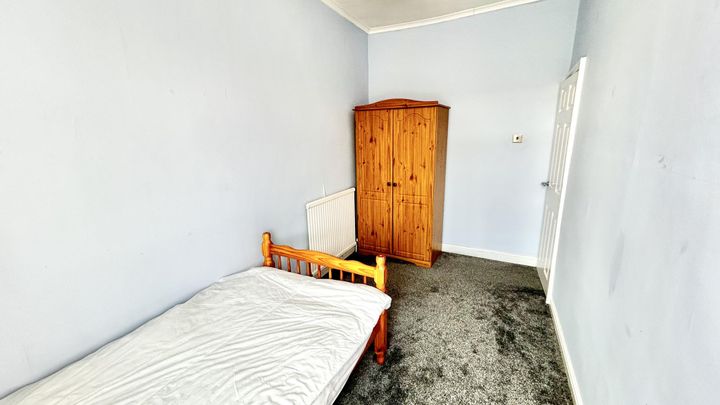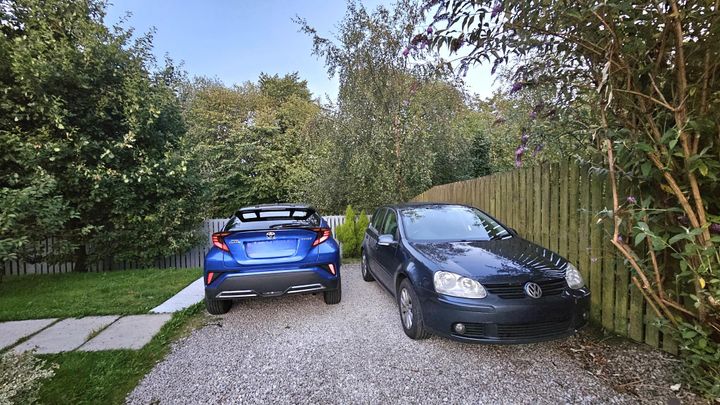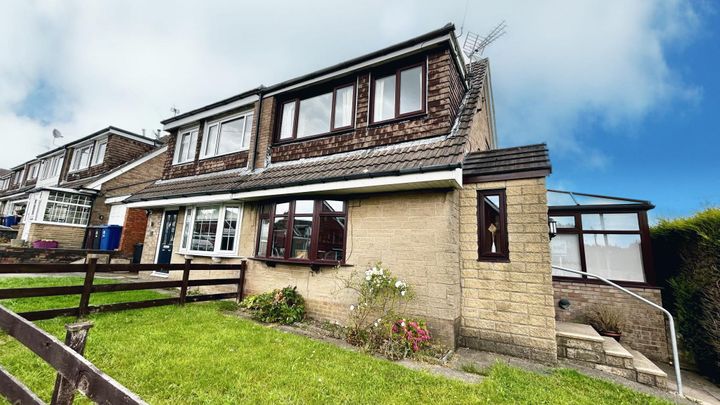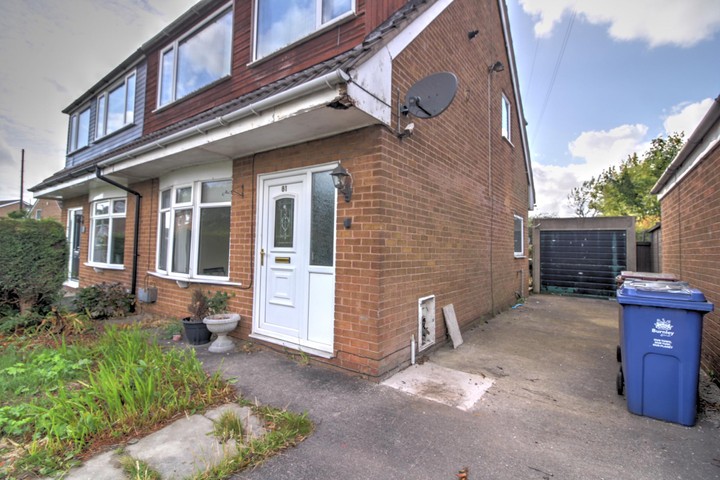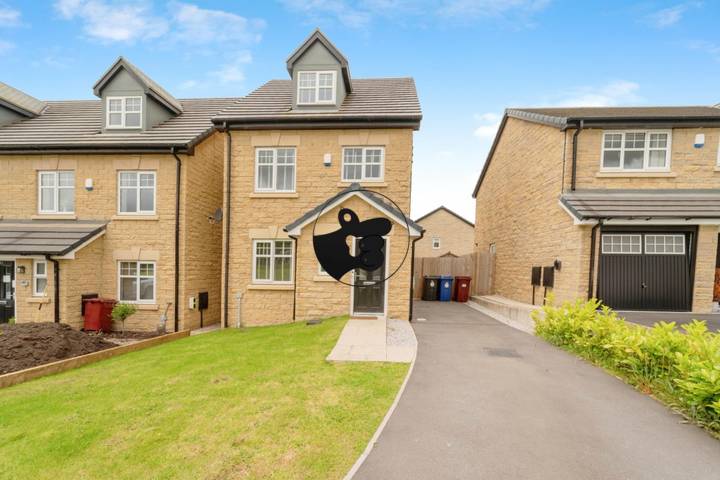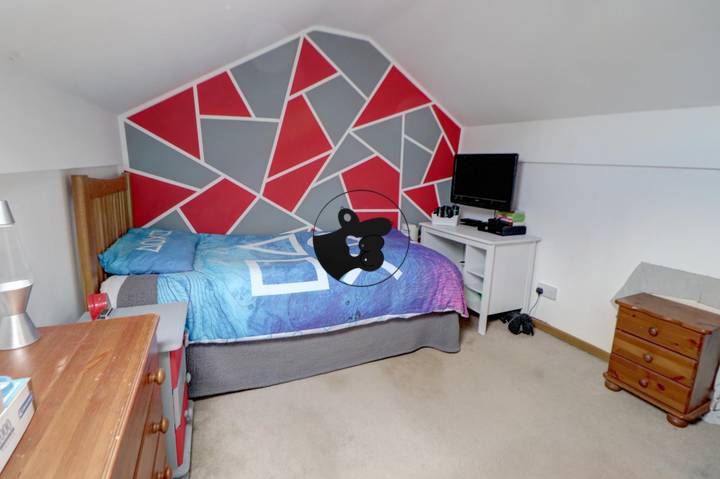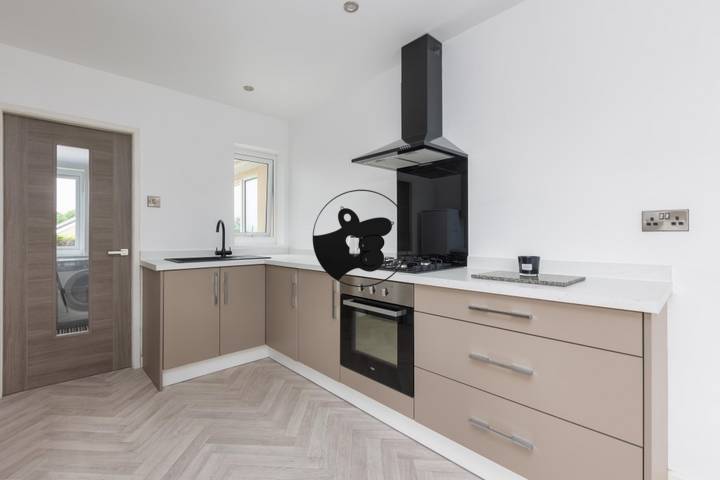Several factors influence real estate prices in Burnley, including local economic conditions, demand and supply dynamics, and infrastructure developments. The area's economic landscape, including employment rates and average household incomes, plays a crucial role; for instance, a higher influx of job opportunities in nearby industrial sectors can drive demand for housing. Additionally, Burnley’s housing stock, which consists of a mix of older terraced homes and newer developments, can affect pricing—properties in popular neighborhoods such as the town center or near amenities tend to fetch higher prices. Local amenities, such as schools, parks, and public transport links, further influence desirability; homes located close to well-rated schools often see a premium in their sale prices. Furthermore, ongoing regeneration projects, like the transformation of the former mill areas, can enhance property values as they attract new residents and businesses. Lastly, external economic factors, such as interest rates and national housing market trends, also play a significant role in shaping the real estate landscape in Burnley.
Burnley
Location
Price Range
Any price
Price Range
Minimum
No min
Maximum
No max
Property type
Show all
Property type
Show all
House
Apartment
Building
Other
Bedrooms
Any beds
Bedrooms
Minimum
No min
Maximum
No max
Surface Range
Any surface
Surface Range
Minimum
No min
Maximum
No max
Sale type
For sale
Sale type
Show all
To rent
For sale
Location
Apartments and houses for sale in Burnley
9 results
Recent
Burnley insights
| Aspect | Summary |
|---|---|
| Population | 88,000 |
| Average Property Price | £150,000 |
| Rental Yield | 5.5% |
| Average Rent | £750 |
| Occupancy Rate | 92% |
| Capital Growth Rate | 3% per annum |
| Property Tax | 1.2% of property value |
| Transaction Costs | 5% of property price |
| Expected ROI | 7% to 10% |
| Economic Growth Impact | Moderate, influenced by local industries |
Burnley FAQ
What factors influence real estate prices in Burnley?
How have real estate prices in Burnley changed over the past year?
Over the past year, real estate prices in Burnley have experienced notable fluctuations. In early 2023, the average house price was around £150,000, reflecting a gradual increase compared to £145,000 in 2022. However, during the latter half of the year, there was a slight dip, with prices averaging closer to £148,000 by October 2023. This decrease has been attributed to rising interest rates and the overall cost of living crisis, which has made prospective buyers more cautious. Certain areas, such as the neighborhoods of Burnley Wood and Brierfield, saw a rise in demand, with some properties selling for as much as £200,000, while more affordable options remain available in areas with less demand. Rental prices also shifted, with average rents for a two-bedroom property increasing to about £650 per month, reflecting a tight rental market amid increasing tenant demands.
What is the average home price in Burnley now?
As of late 2023, the average home price in Burnley is approximately £120,000, a figure that reflects a modest increase compared to the previous year. This affordability makes Burnley an attractive option for first-time buyers and those looking to invest in property. For instance, semi-detached homes can typically be found for around £150,000, while terraced houses might go for between £100,000 and £120,000, depending on the specific location and condition of the property. More desirable areas, such as those close to local amenities and schools, tend to command slightly higher prices, with some three-bedroom homes reaching up to £180,000. In contrast, flats and apartments in the region can often be found for under £100,000, providing a range of options for various buyers.
Are real estate prices in Burnley higher than in nearby areas?
Real estate prices in Burnley tend to be lower than in some nearby areas, such as Blackburn and Clitheroe. For instance, as of recent data, the average house price in Burnley is around £130,000, whereas Blackburn's average sits at approximately £160,000. Clitheroe, known for its picturesque countryside and affluent community, sees prices significantly higher, often averaging over £300,000. This difference can largely be attributed to Burnley’s more industrial past and its ongoing efforts to revitalize urban areas, while Blackburn and Clitheroe benefit from higher demand due to perceived desirability and proximity to the Ribble Valley. Additionally, the rental market in Burnley reflects similar trends, with monthly rents being more affordable compared to its surrounding towns, making it an attractive option for budget-conscious buyers and renters.
What type of properties tend to be more expensive in Burnley?
In Burnley, properties that tend to be more expensive are typically those located in desirable neighborhoods with good transport links and local amenities. Areas like Harle Syke and the town center offer attractive Victorian terraced houses and semi-detached properties that are popular among families and young professionals. Larger detached homes, particularly those that have been recently renovated or are situated in the more affluent suburbs, command higher prices due to their spacious gardens and modern finishes. Properties near esteemed schools and parks, such as Towneley Park, also see a premium, reflecting the demand from buyers looking for family-friendly environments. Luxury developments, although limited in number, are indicative of higher market values as well, particularly those that incorporate modern architecture and eco-friendly features.
How does the economy affect real estate prices in Burnley?
The economy has a significant impact on real estate prices in Burnley, primarily through employment rates and disposable income levels. For example, during periods of economic growth, increased job opportunities in local industries, including manufacturing and services, can lead to higher demand for housing as more people move to the area seeking work. Conversely, during economic downturns, such as those caused by the COVID-19 pandemic, unemployment rates rise, resulting in decreased disposable income and, subsequently, a drop in demand for housing. Moreover, fluctuations in interest rates can directly affect mortgage affordability, influencing potential buyers' ability to enter the market. For instance, when interest rates are low, more individuals may secure mortgages, driving up property prices as competition increases. Additionally, local government investments in infrastructure and community projects can improve areas within Burnley, making them more desirable and further influencing real estate values. In neighborhoods where redevelopment is taking place, property prices may see a significant increase, reflecting the enhanced appeal of the area.
What trends should I be aware of when considering real estate in Burnley?
When considering real estate in Burnley, it's important to be aware of the ongoing trends in property prices and rental markets. As of late 2023, Burnley has seen a resurgence in interest from first-time buyers, partly due to its relatively affordable housing compared to nearby towns. The average house price remains lower than the national average, making it an attractive option for those looking to invest or enter the market. Additionally, there has been a noticeable increase in demand for homes with gardens, a trend accelerated by the pandemic. Areas such as Habergham and Padiham have shown particularly strong growth, while properties near the town center or transport links, such as the rail station, are becoming increasingly sought after. Furthermore, the local government's investment in infrastructure and community projects is also reshaping the landscape, presenting potential opportunities for future value appreciation. Overall, understanding the dynamics of Burnley's property market, including types of housing and socioeconomic factors, is crucial for anyone looking to navigate this area effectively.


